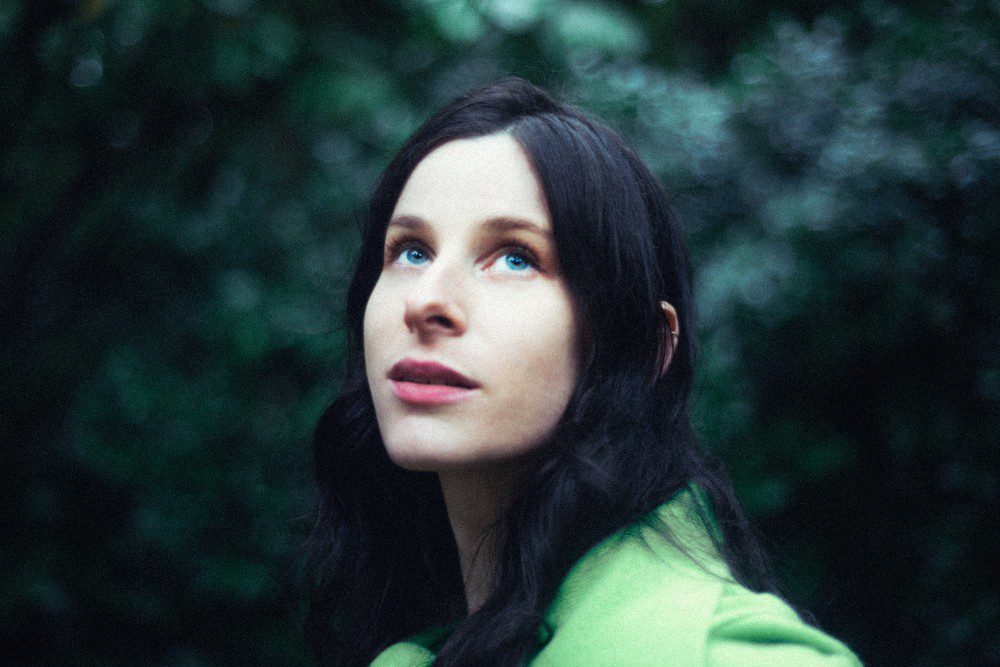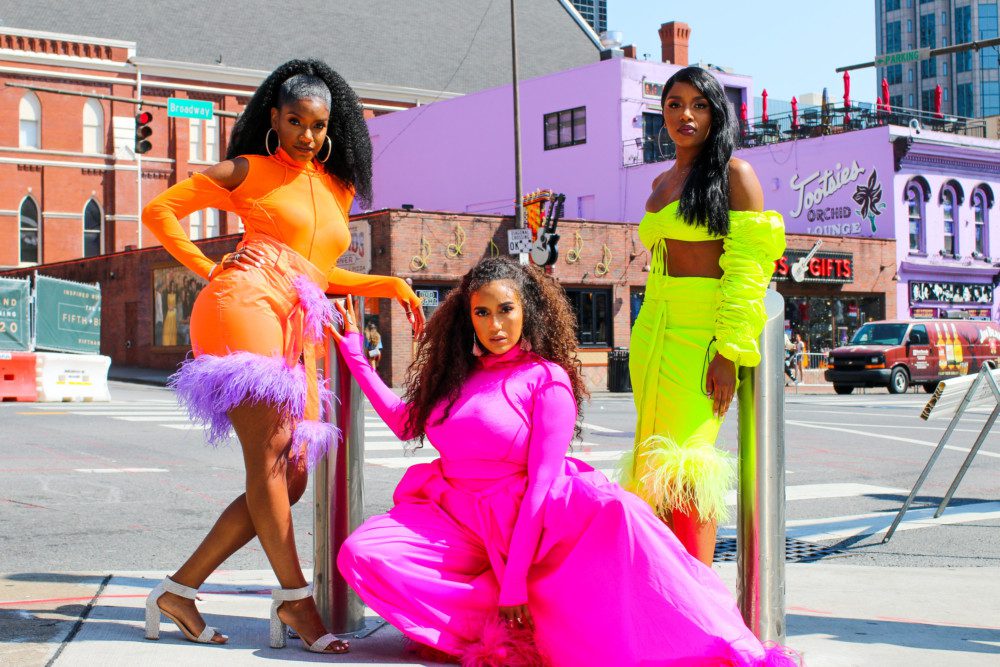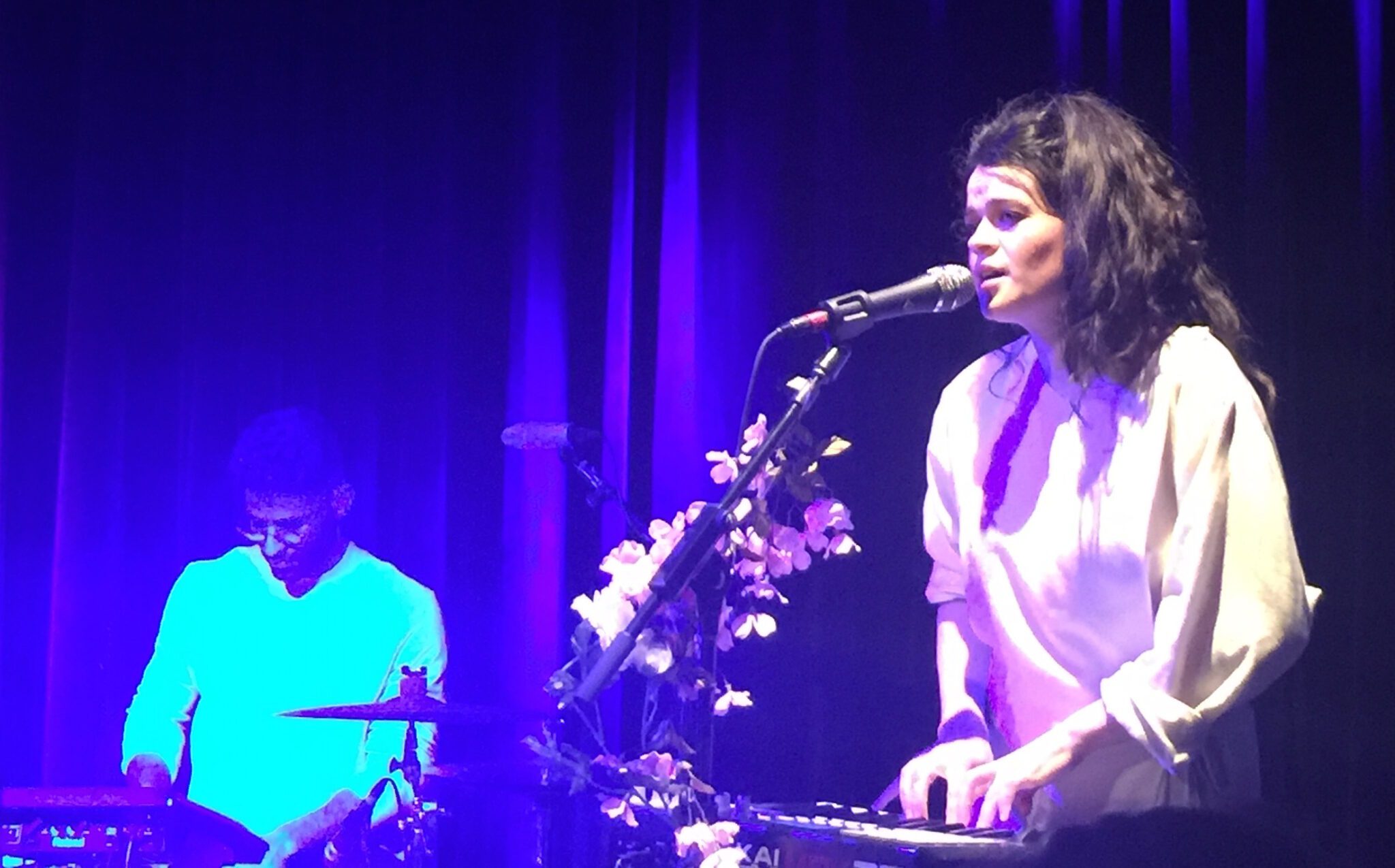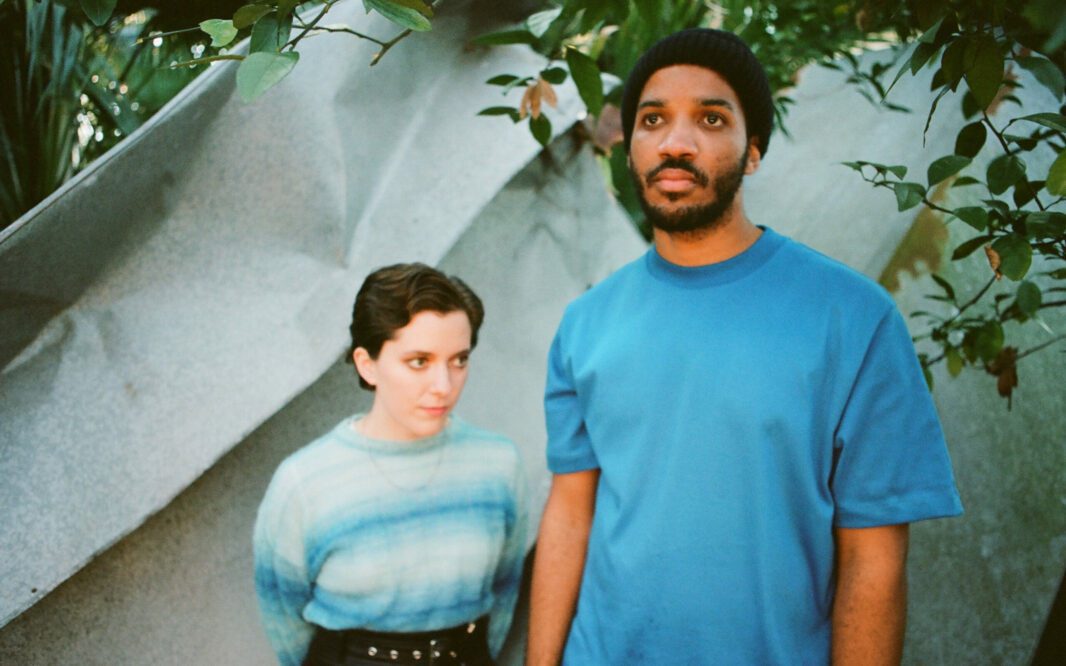
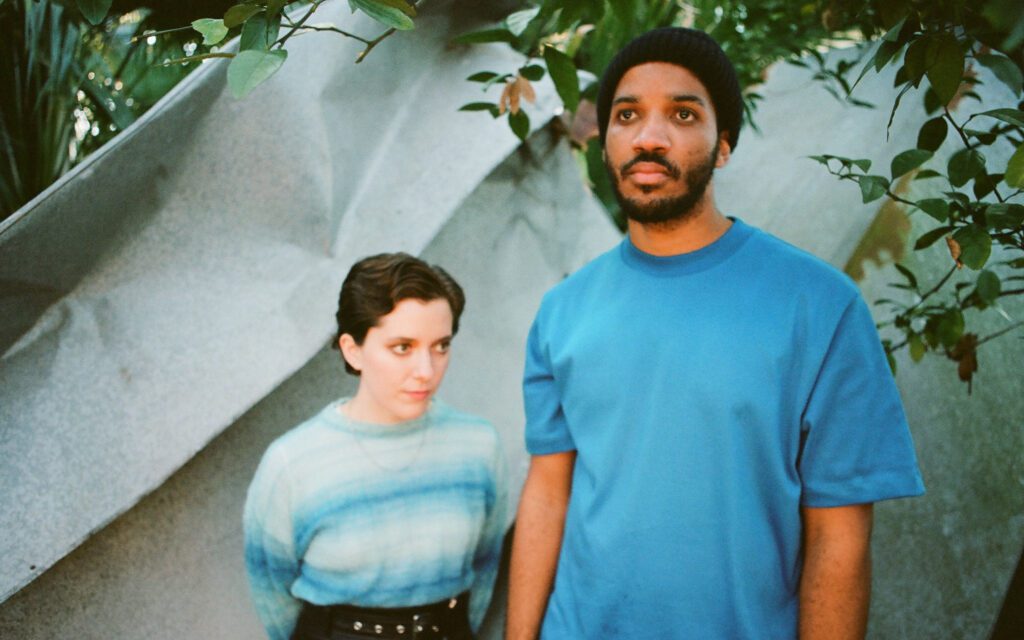
Hailing from a state known for a rich musical heritage, New Orleans electro-pop duo People Museum (Claire Givens and Jeremy Phipps) come from different ends of the Louisiana musical spectrum, meeting in the middle to create something new and entirely unique.
Givens is from North Louisiana, born to a classical pianist and a Baptist minister. Bred on church music and trained classically, she moved on to New Orleans seeking “less structure,” turning to jazz and punk. Phipps comes from what Givens describes as “a very talented New Orleans musical family who never got their due,” the younger brother of No Limit rapper Mac Phipps who cut his teeth playing in the jazz clubs of Frenchmen Street until he began touring with the likes of Solange, Rubblebucket and Neon Hitch. Together, they blend the rich brass sounds of jazz with elements of pop and house music to create what they call “Future New Orleans.” Today, they premiere the video for “Rush” on Audiofemme. The song is from their upcoming debut EP I Could Only See Night, out April 9.
Introduced by a mutual friend, Givens and Phipps began collaborating the day they met in 2015. Their sound was never intentional, born of intuition, but also inevitable in its homage to its hometown. “We were using what we had around us but we didn’t want to make the music that was around us,” Givens explains. “We wanted to make the music that we listened to on our headphones, but if you walk through New Orleans you’re gonna hear jazz, and all your friends are gonna play a brass instrument… we wanted to have that tradition in there but do it our own way, do it new.” The result is refreshing; Phipps’ brass tones are looped and overlaid with house beats, burbling beneath Givens’ otherworldly, layered vocals.
The video for “Rush” is shot in black and white and made to look like VHS tape. They chose the three-frame format in direct response to COVID, wanting to articulate the idea of all their friends being unable to play their instruments without featuring all their friends and exposing them to one another. You see Phipps wandering around with his instruments, unable to play, while Givens sings alone in her room, interspersed with the lone producer sitting in front of a switchboard and monitor at home. They wanted to evoke the loneliness of these musicians, lost without that central part of their identities with all the jazz clubs and venues shut down. “You see these wandering musicians; they just look so lost, because it’s so embedded into everything, and you perform so much. Who are these people now that they don’t have music?” Phipps says. “We’re all trying to figure out who we are outside being musicians, and I think part of that [comes] through in the video.”
As for the rest of the EP, the People Museum aims for a balance between menacing and hopeful, and always danceable. Phipps says that he feels that they “tried to go a little bit harder” than on previous collaborations, saying that his trombone playing felt “a little more aggressive.” Givens says that the most notable change is “bigger production,” and that “it’s darker, but there’s always something you can dance to and there’s always something hopeful about it.”
Perhaps the oddest part of this unlikely sound is that while two of the songs were written and recorded during quarantine, the other three were made back in 2016 – yet they fit together in a cohesive unit. “They kind of came together because the songs that were written in 2016 came out of sort of a very lost time for Jeremy and I,” Givens explains. “We were trying to figure out who we were again. The writing of those songs and the writing of the quarantine songs just felt so intertwined, [it was] kind of fate that they ended up together.”
Phipps concurs, saying that in that period, “it still felt like the same feelings in my body of lostness, and all of the puzzle pieces being scattered, and trying to put it back together, and what does it look like after it’s put back together?” Ultimately, these cosmic parallels aligned somehow and it looks and sounds like I Could Only See Night.
As for what’s next, the duo are beginning to adapt to what live performance looks like in a new normal, post-vaccine New Orleans. The day of the EP release they’ll play an outdoor show, opening for Big Freedia at new outdoor venue The Broadside, and will continue to try to find creative and safe ways to perform after. All in all, they’re staying very present: “It’s funny because I feel like my plans are very short,” Phipps says. “After May? It’s so uncertain, so it’s hard to have a faraway future. We have these shows and that’s all we can depend on.” Given the smooth, hopeful lightness of their “Future New Orleans” sound, it seems it could be bright.
Follow People Museum on Instagram for ongoing updates.

